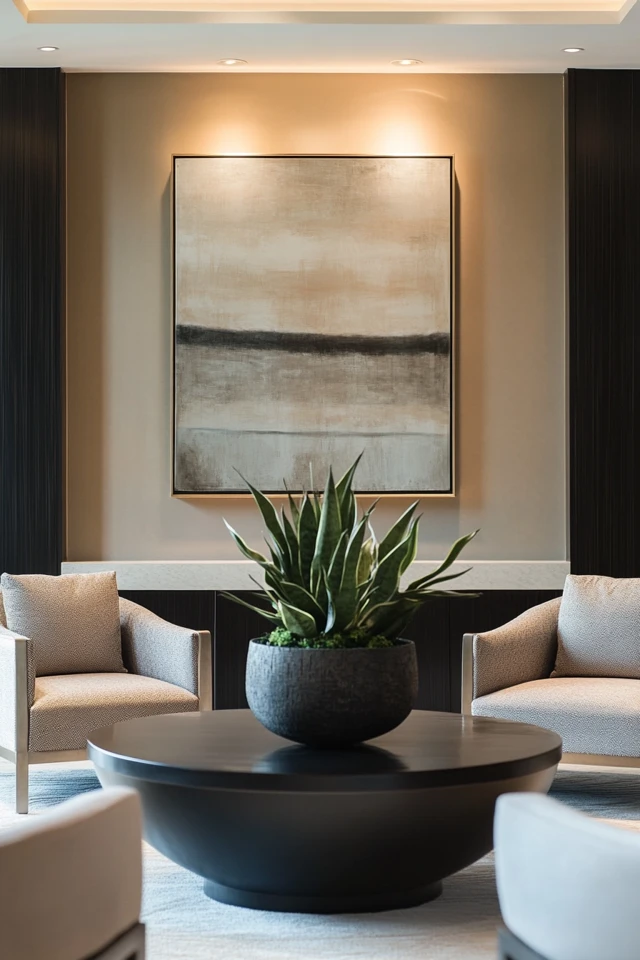There’s something deeply satisfying about walking into a perfectly balanced room. It feels harmonious, welcoming, and just… right. That’s the magic of symmetry in interior design. Whether it’s matching nightstands flanking a bed or evenly spaced furniture in the living room, symmetry creates visual balance and a sense of order in your space.
When I first started designing interiors, I was all about asymmetry—I thought it made a room feel more dynamic and creative. But then I tackled a small living room that felt chaotic no matter what I did. The breakthrough came when I embraced symmetry: I centered the sofa on the main wall, added matching side tables and lamps, and voilà—the space transformed. Symmetry didn’t make it boring; it made it beautiful. Let’s explore how you can bring balance to your room’s layout using the power of symmetry.
Why Symmetry Matters in Interior Design
- Creates Balance: Symmetry distributes visual weight evenly, making a space feel stable and harmonious.
- Enhances Flow: A symmetrical layout naturally guides the eye and movement through the room.
- Timeless Appeal: Symmetry has been a design staple for centuries, from classical architecture to contemporary homes.
- Calms the Mind: Balanced spaces reduce visual clutter and create a soothing atmosphere.
1. Start with a Focal Point
Why It’s Crucial:
A strong focal point anchors the room and serves as the starting point for a symmetrical layout.
How to Implement:
- In the living room, center furniture around a fireplace, TV, or large window.
- In the bedroom, make the bed the focal point and arrange furniture around it.
- In the dining room, place the table in the center and balance the space with chairs or lighting.
Pro Tip: Choose a focal point that naturally draws attention, such as an oversized artwork or an architectural feature.
2. Pair Furniture and Decor
Why It Works:
Using matching pairs of furniture and decor creates instant symmetry.
How to Implement:
- Place identical nightstands and lamps on either side of the bed.
- Use matching sofas or chairs on both sides of a coffee table.
- Hang a pair of artwork pieces or mirrors on either side of a mantel or console.
Pro Tip: If you can’t find an exact pair, use similar shapes, sizes, or colors to achieve a cohesive look.
3. Use Centerlines to Guide Placement
Why It’s Effective:
A centerline helps you visualize and create symmetry by dividing the room into two balanced halves.
How to Implement:
- Align your sofa or bed along the centerline and build the layout outward.
- Use rugs to define the centerline and frame the furniture arrangement.
- Ensure light fixtures, like chandeliers, are centered along the line.
Pro Tip: In open-concept spaces, use a large area rug to define the symmetrical layout within a specific zone.
4. Balance with Colors and Textures
Why It’s Important:
Even if your layout isn’t perfectly symmetrical, balanced colors and textures can create a sense of equilibrium.
How to Implement:
- Distribute bold colors or patterns evenly throughout the room.
- Place textured elements, like a chunky knit throw or woven basket, on opposite sides of the space.
- Use similar color tones for furniture and decor to maintain harmony.
Pro Tip: If you have a bold accent wall, balance it with artwork or furniture on the opposite side of the room.
5. Symmetry in Lighting Design
Why It’s Essential:
Lighting plays a major role in creating a balanced atmosphere.
How to Implement:
- Use a central chandelier or pendant light to anchor the room.
- Add matching table lamps or sconces on either side of a bed, sofa, or console.
- Balance natural light sources with artificial lighting on the opposite side of the room.
Pro Tip: Layer your lighting with symmetrical arrangements of task, ambient, and accent lights.
6. Achieve Balance in Odd-Numbered Layouts
Why It’s Versatile:
Not all spaces lend themselves to perfect symmetry. Instead, aim for visual balance by grouping items in odd numbers.
How to Implement:
- Place a large central item (e.g., a vase or sculpture) flanked by two smaller ones.
- Create a gallery wall with a balanced arrangement of odd-numbered frames.
- Use an asymmetrical sofa layout but balance it with a symmetrical rug or coffee table placement.
Pro Tip: Balance asymmetry by mirroring colors, materials, or shapes on either side of the room.
7. Symmetry in Open-Concept Spaces
Why It’s Challenging:
Open layouts require creative solutions to maintain balance without rigid symmetry.
How to Implement:
- Define separate zones (e.g., dining and living areas) with rugs or furniture placement.
- Use consistent furniture styles and decor to create visual continuity.
- Balance the layout by centering large furniture pieces, like a dining table or sectional sofa.
Pro Tip: Anchor the room with symmetrical lighting, like pendant lights over the dining table and matching floor lamps in the living area.
8. Accessorize Thoughtfully
Why It’s the Finishing Touch:
Accessories are the easiest way to add symmetry and balance to a room.
How to Implement:
- Place matching vases, candles, or books on a mantel or console table.
- Use identical throw pillows on either side of a sofa or bed.
- Hang symmetrical curtains or drapes on windows for a polished look.
Pro Tip: Keep accessories minimal to avoid visual clutter, which can disrupt the balance.
Picture Gallery
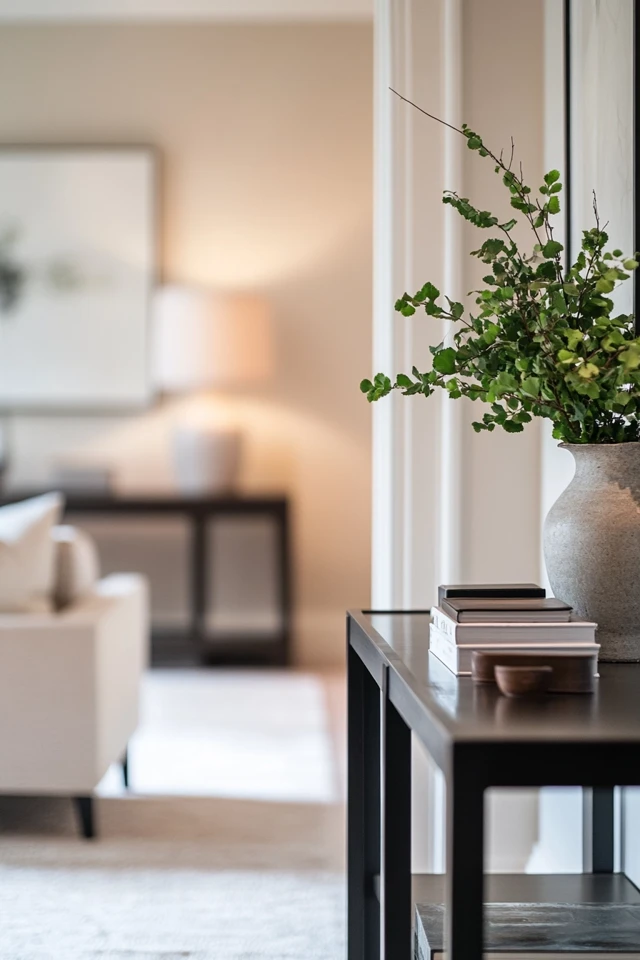
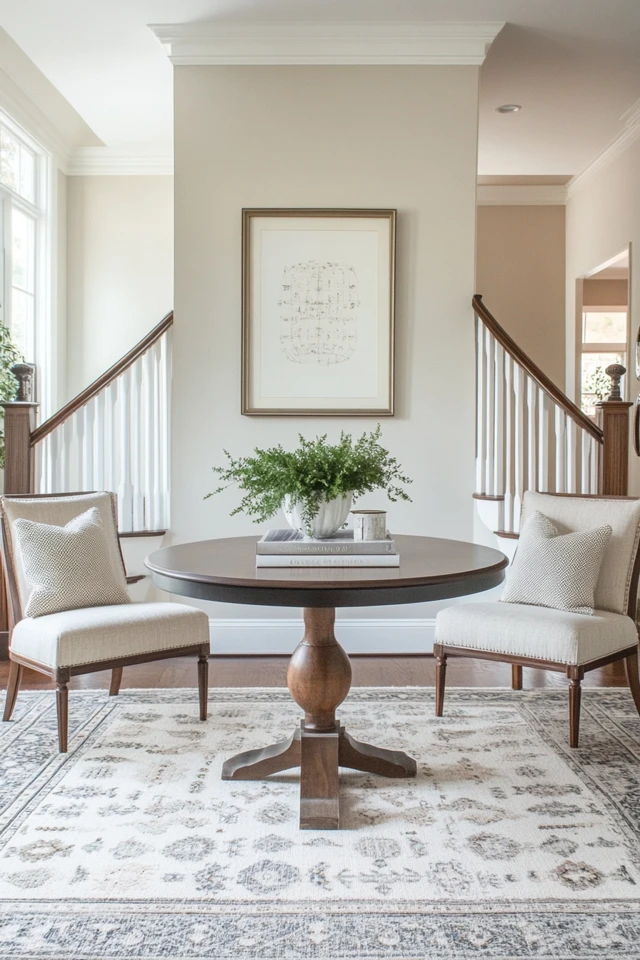
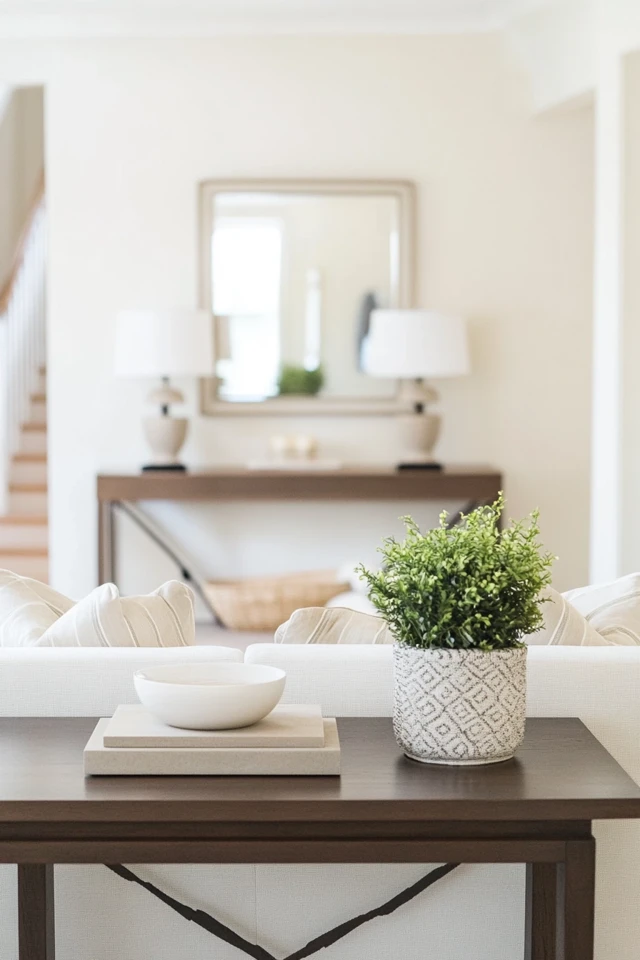
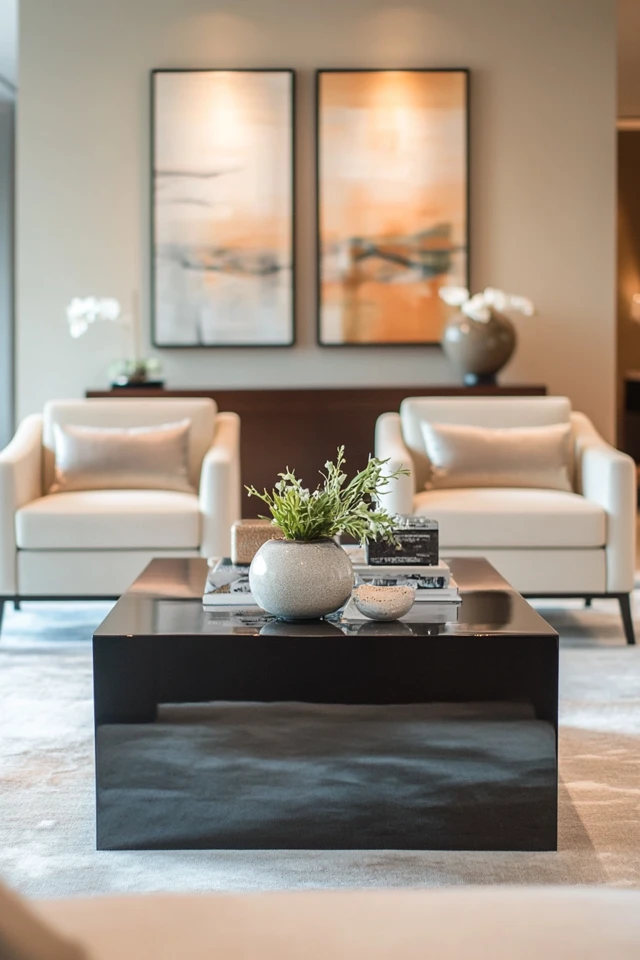
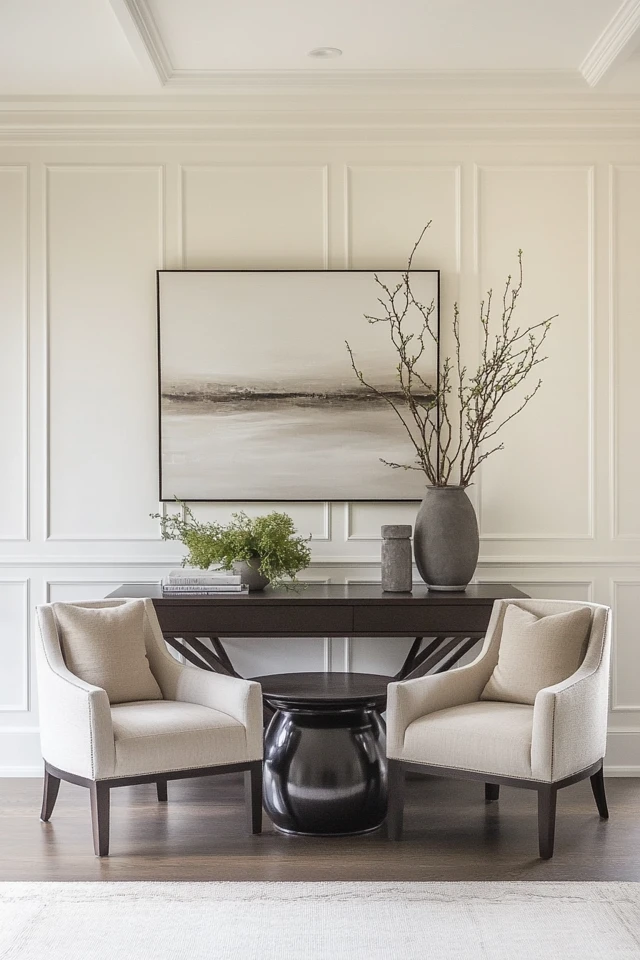
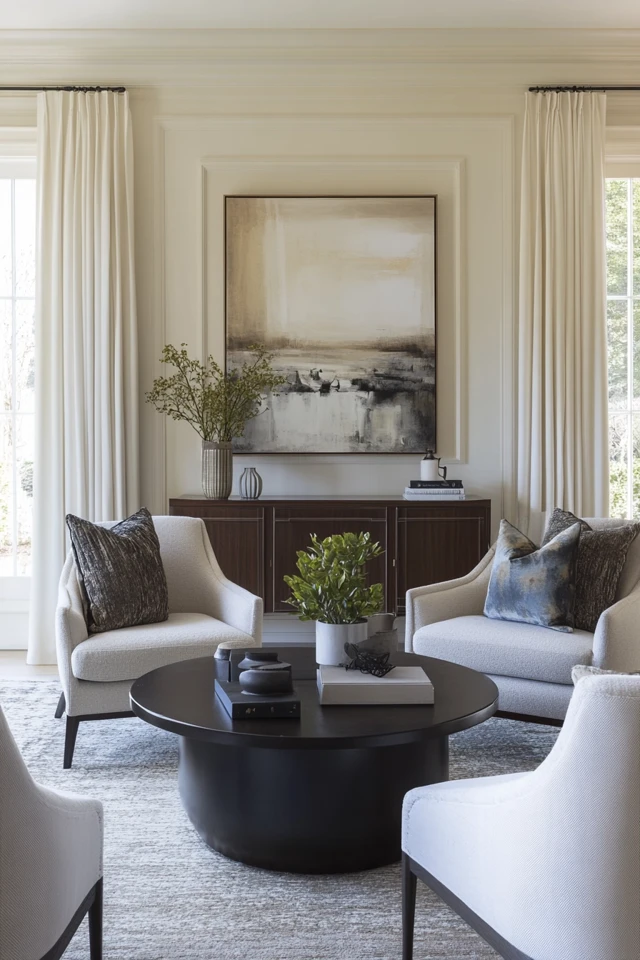
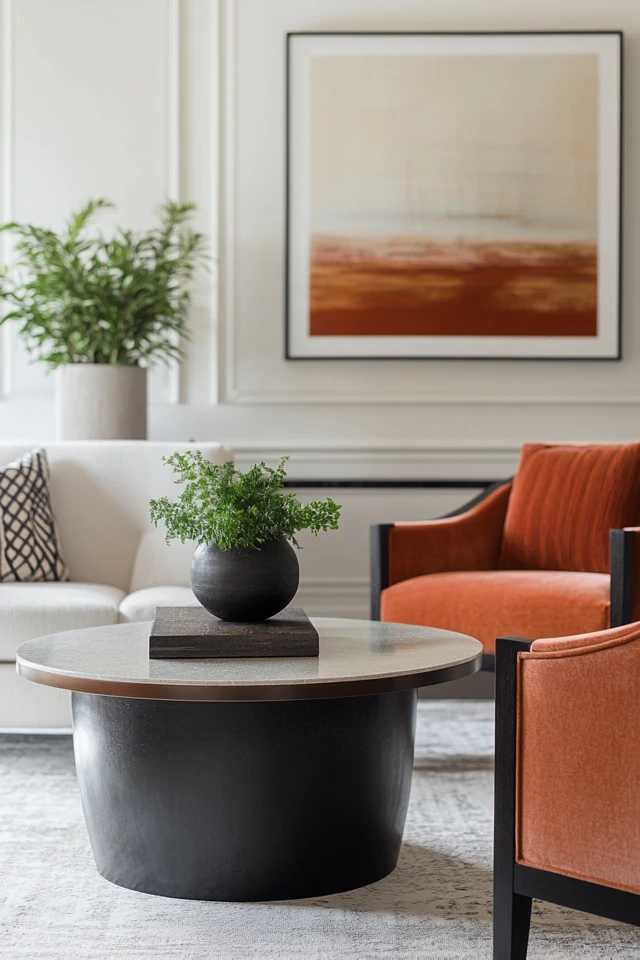
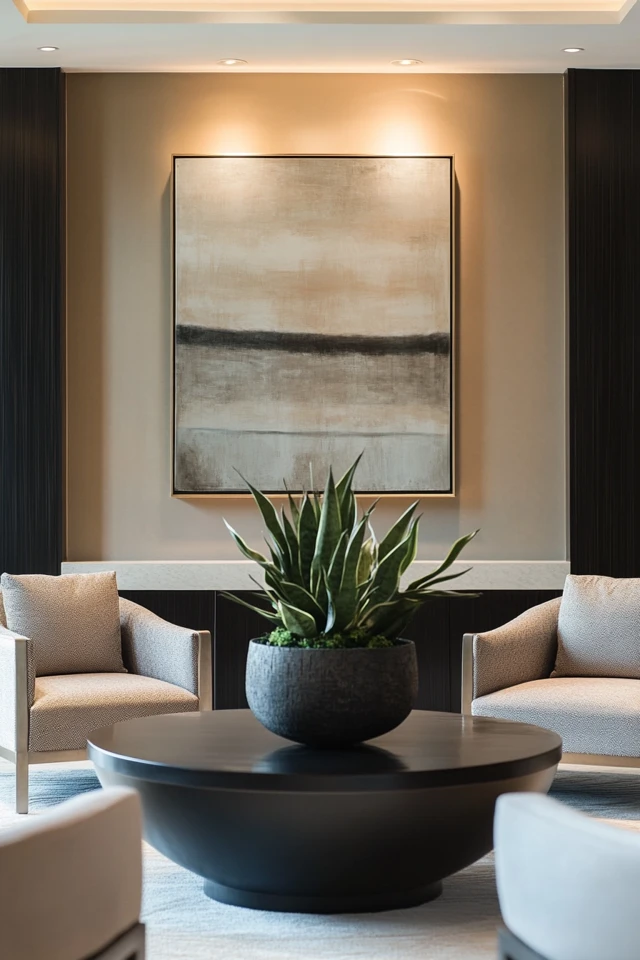
Conclusion
Embracing symmetry in your room’s layout isn’t about following rigid rules—it’s about creating harmony and balance that make the space feel cohesive and inviting. Whether it’s matching decor, aligned furniture, or balanced colors, symmetry helps ground the design and enhances the overall aesthetic.
The beauty of symmetry lies in its timelessness—it works in every style, from modern minimalism to traditional elegance. So, start with a focal point, pair your furniture, and let your creativity flow. With a few intentional touches, you’ll achieve a layout that feels perfectly balanced and uniquely yours.
FAQs
1. What is symmetry in interior design?
Symmetry involves creating visual balance by arranging furniture and decor evenly on either side of a central axis or focal point.
2. Can I use symmetry in small rooms?
Absolutely! Symmetry can make small rooms feel more organized and spacious by creating a sense of order.
3. How do I balance a room with mismatched furniture?
Distribute visual weight evenly by balancing mismatched pieces with similar colors, shapes, or materials.
4. Is symmetry only for traditional interiors?
No! Symmetry works beautifully in modern, minimalist, and even eclectic styles, as it provides a cohesive framework.
5. Can I combine symmetry with asymmetry in a room?
Yes! You can mix the two by using symmetry for large furniture layouts and asymmetry for smaller decor items, creating a dynamic yet balanced space.

